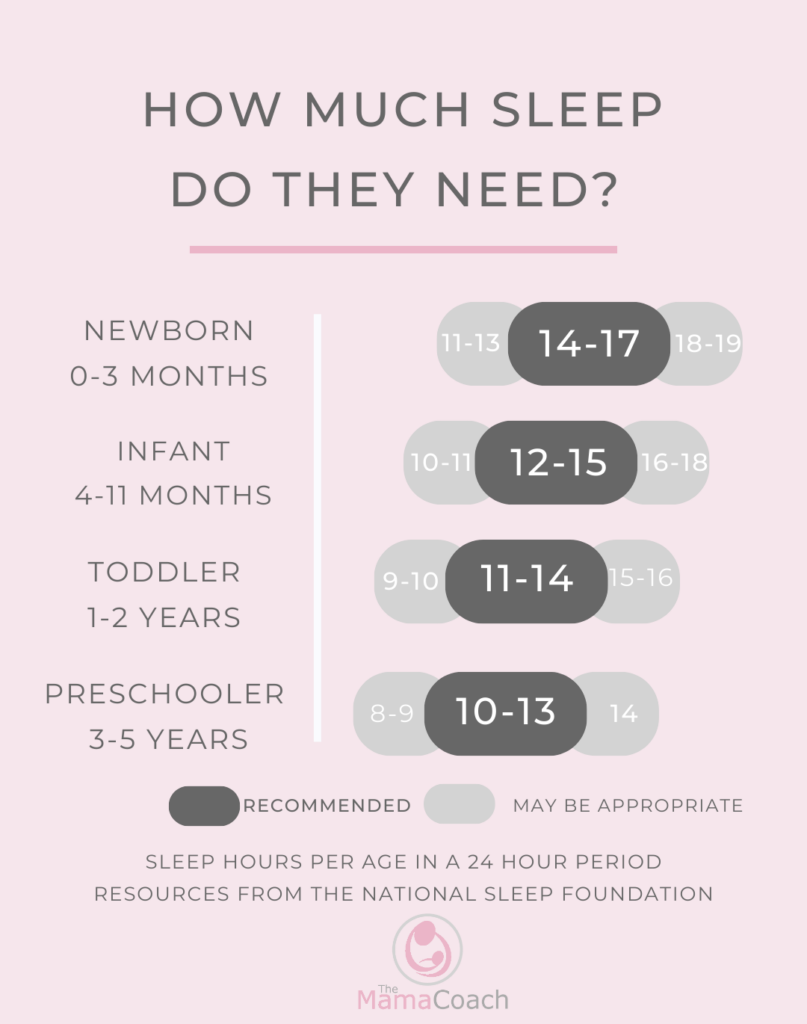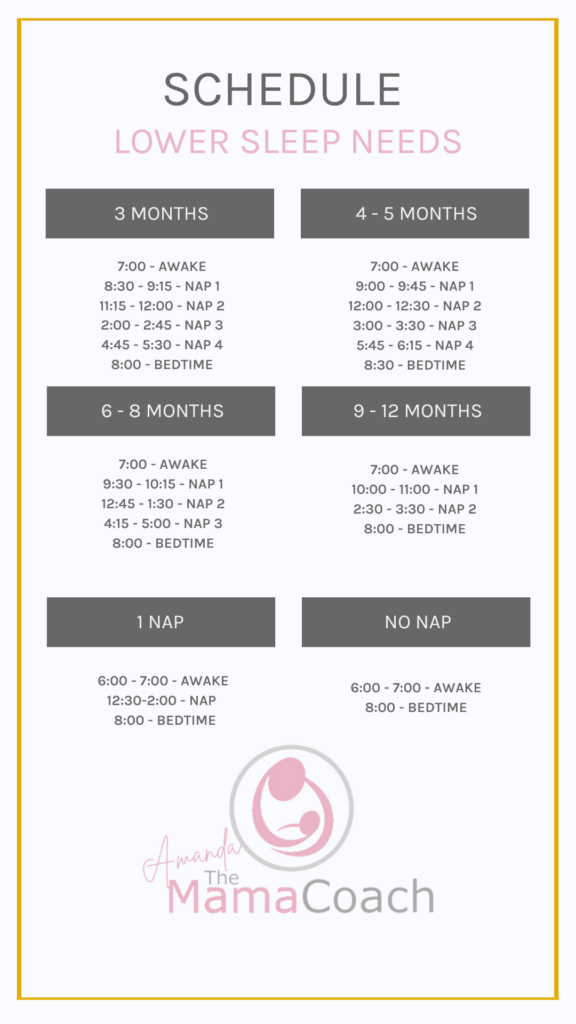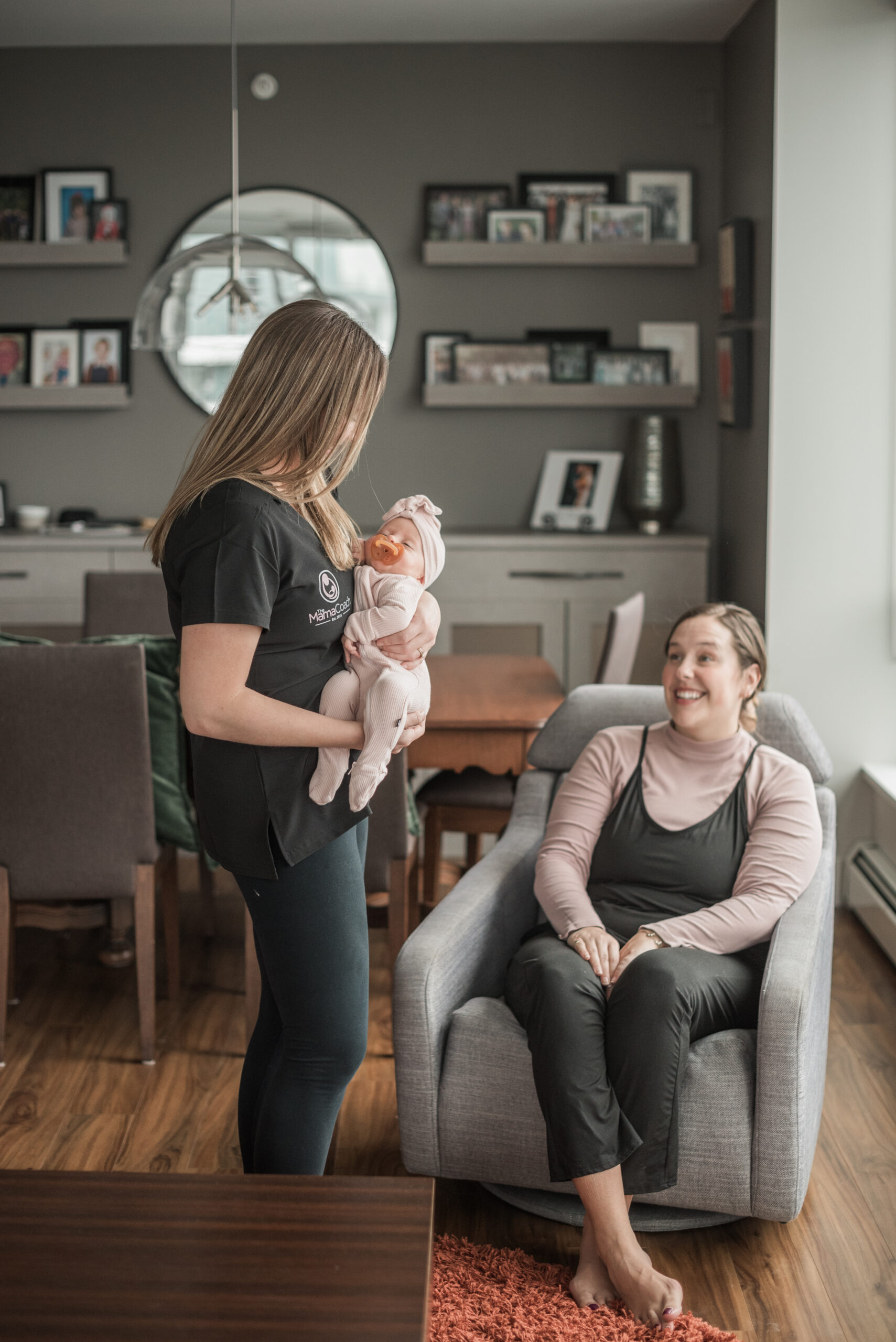Parents often fret over whether their child is getting sufficient sleep. We all want our babies and toddlers to grow and thrive, and sleep plays a crucial role in their health and development. But what exactly constitutes “enough” sleep?
The spectrum of sleep needs among children is vast, ranging from those who require relatively low amounts to those with high sleep needs. Attempting to apply a one-size-fits-all recommendation is unrealistic. Many parents find themselves grappling with unrealistic expectations, often fueled by online articles, sample schedules, and apps providing sleep totals—leading to unnecessary panic.
It’s important to remember that less sleep isn’t necessarily a cause for concern for every child. The key lies in observing your child: Are they cheerful? Thriving? Reaching milestones? Ultimately, do they appear well-rested? Trust your intuition.
The National Sleep Foundation offers general guidelines, with room for individual variation within a 24-hour period:

- High Sleep Needs Babies: These infants tend to sleep more overall, have shorter wake periods, and drop naps later.
- Low Sleep Needs Babies: Conversely, these babies require less overall sleep, with shorter naps, shorter nighttime sleep, longer wake periods, and an earlier transition away from naps.
How can you determine your child’s sleep needs? Consider these questions:
- Track their sleep: Keep tabs on their overall sleep, including naps and nighttime sleep. Does it align with average, low, or high sleep needs categories?
- Consider Genetics: Consider your own and your partner’s sleep needs. Genetics can influence a child’s sleep requirements.
- Growth and eating habits: Is your baby growing and eating well? If so, it’s likely they’re meeting their sleep requirements.
- Milestones: Are they hitting developmental milestones on schedule? This can indicate whether they’re getting sufficient sleep.
- Response to schedule changes: Pay attention to how they react to changes in their routine. High sleep needs babies may struggle with longer wake windows, while low sleep needs babies might find it harder to settle for sleep.
- Sleep cues: High sleep needs babies often exhibit clearer sleep cues, while low sleep needs babies may not be as obvious to caregivers.
- Wake windows: Are their wake windows longer or shorter for their age? Longer wake windows typically indicate lower sleep needs, while shorter ones suggest higher sleep needs.
It’s essential to tailor your approach to your individual child’s needs. One baby may thrive on 12 hours of sleep, while another may require 15 hours to be content and growing. Rather than fixating on age-specific recommendations, focus on meeting your baby’s unique sleep patterns and needs.
If you’re concerned about your child’s sleep patterns or if they seem to require more rest, consider consulting your healthcare provider or reaching out to me for a personalized sleep consultation. I’m here to help families navigate the complexities of sleep and feel more confident in meeting their unique needs.

Sample Schedules for Different Sleep Needs






